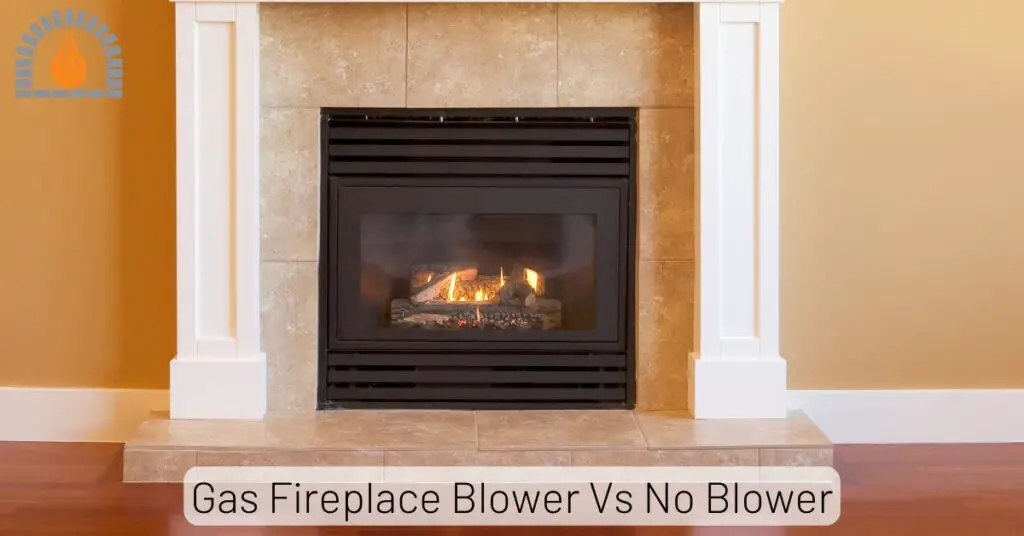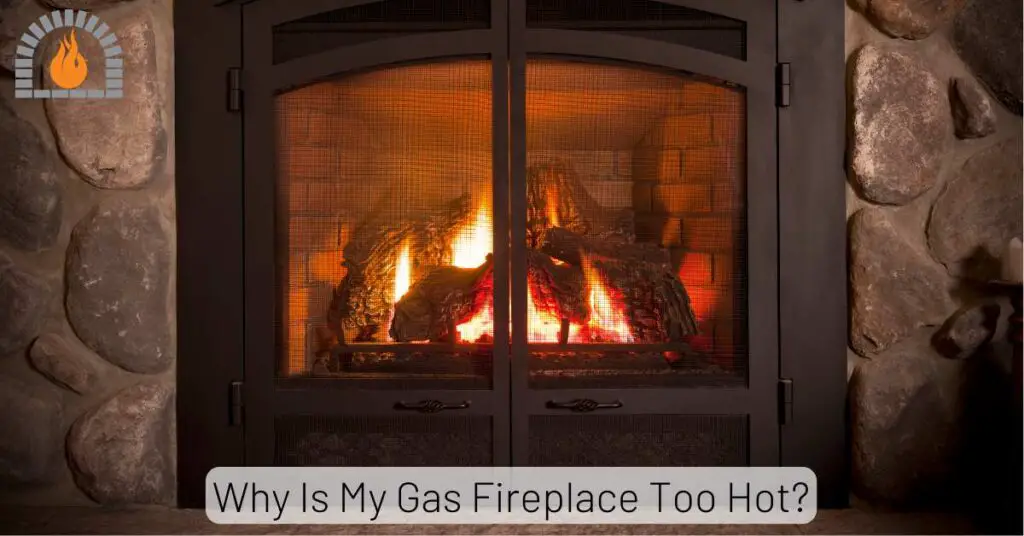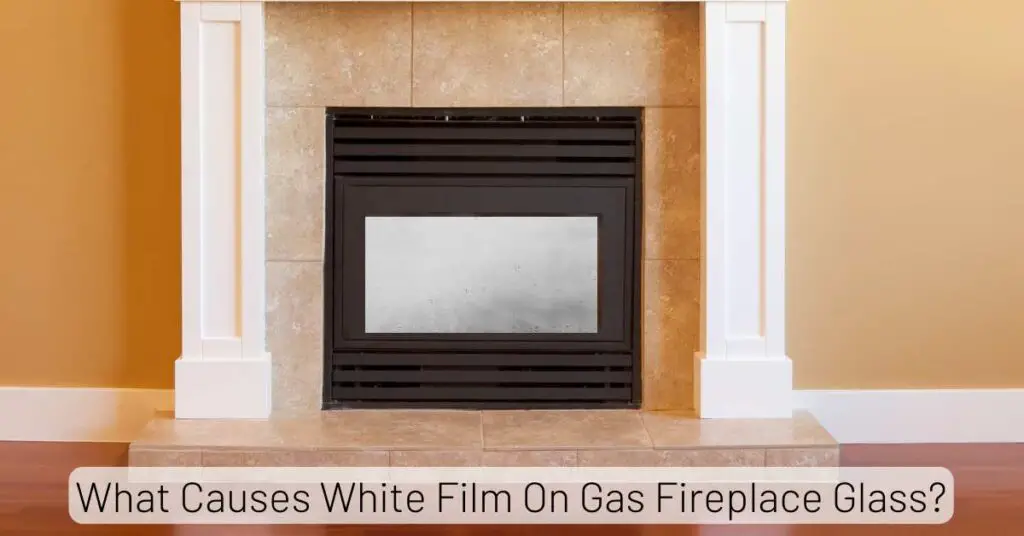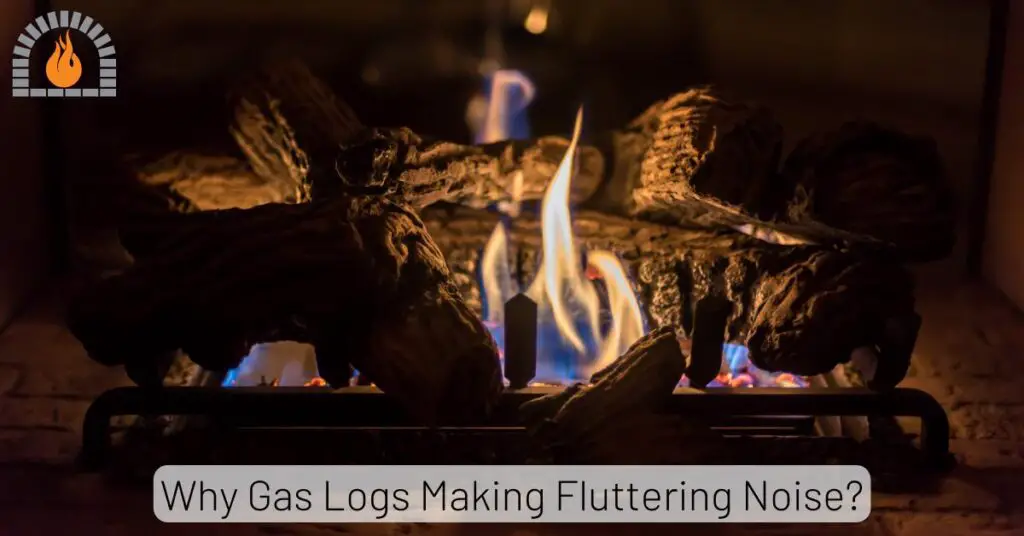When it comes to heating your home efficiently, understanding the BTU (British Thermal Unit) rating of your gas fireplace is key. A higher BTU means more heat, but how much do you actually need?
On average, a gas fireplace can range anywhere from 10,000 to 70,000 BTUs, with most homeowners opting for around 30,000 BTUs for a standard living room.
But finding the right BTU isn’t just about bigger numbers; it’s about striking the right balance between comfort and efficiency.
In this post, I’ll break down exactly what BTUs mean for your home and how to choose the right gas fireplace based on your space size, insulation, and climate.
Plus, I’ll share a handy comparison chart to make the decision easier.
What is BTU?
BTU, or British Thermal Unit, is a unit of measurement that defines the amount of heat required to raise the temperature of one pound of water by one degree Fahrenheit.
While this might sound technical, it’s actually the standard used to measure heat output in various heating systems, including gas fireplaces.
Gas Fireplace BTU: Ventless vs. Vented
- Vented Gas Fireplace
- 30,000 to 50,000 BTUs
- Lower efficiency due to heat loss through venting (typically 30% to 70%)
- Ventless Gas Fireplace
- 20,000 to 36,000 BTUs
- Higher efficiency (up to 99%) due to no venting
Vented Gas Fireplaces
Vented gas fireplaces typically offer higher BTU outputs, often ranging between 30,000 and 50,000 BTUs.
However, they are less efficient because a significant portion of the heat escapes through the chimney or flue, resulting in less effective heating for the room.
The main appeal of vented fireplaces lies in their aesthetics, as they provide a more authentic, natural-looking flame.
To achieve this effect, they burn more gas, which means they can consume nearly twice as much fuel as ventless models for similar heating results.
Ventless Gas Fireplaces
Ventless gas fireplaces usually produce lower BTU outputs, averaging around 20,000 to 36,000 BTUs. Despite the lower BTU rating, these models are much more efficient at converting gas into usable heat since no heat is lost through venting.
In fact, ventless fireplaces can utilize up to 99% of the fuel burned, making them an excellent option for heating spaces without the need for complicated installation.
They are specifically designed to retain as much heat as possible within the room, providing a more efficient heating solution.

Gas Fireplace BTU Comparison Chart
Different BTU Ratings for Gas Fireplaces
Low BTU Gas Fireplaces
Fireplaces with a BTU rating between 10,000 to 15,000 BTUs are fireplaces typically suited for smaller rooms or mild climates. These units focus on energy savings while still providing adequate warmth.
Medium BTU Gas Fireplaces
With BTU ratings ranging from 15,000 to 30,000, medium-sized units are ideal for average-sized rooms. They offer a balanced approach to heat output and efficiency, making them versatile for most homes.
High BTU Gas Fireplaces
Fireplaces with over 30,000 BTUs are best suited for larger spaces or colder climates. They provide high heat output but should be carefully considered to avoid overheating smaller rooms.
Why BTU Matters in a Gas Fireplace
The BTU rating is a direct reflection of the fireplace’s heating power. If your fireplace has a high BTU rating, it can heat a larger space faster.
However, more BTUs don’t necessarily mean better performance for smaller rooms—it’s all about matching the BTU output with your specific needs.
Choosing the right BTU for your space not only affects comfort but also impacts energy efficiency. Too high a BTU for a small space can waste energy, while too low a BTU won’t provide enough heat for larger areas.
How to Calculate the Right BTU for Your Space
Room Size Considerations
To determine how many BTUs your gas fireplace should produce, you first need to consider your room’s size.
As a general rule of thumb, you’ll need about 20 BTUs per square foot of space. For example, a 400-square-foot room will require an 8,000 BTU gas fireplace to maintain comfort.
Climate and Insulation Factors
Beyond room size, the climate in which you live plays a huge role. Colder climates may require up to 30 BTUs per square foot, while homes in milder climates may only need 10–15 BTUs per square foot.
Also, don’t forget to factor in insulation. Poor insulation will increase your BTU needs.
Choosing the Right BTU for Different Rooms
Living Room: Your living room is typically the largest space, requiring 20,000 to 30,000 BTUs depending on size and layout.
Bedroom: Smaller rooms like bedrooms often only need 10,000 to 15,000 BTUs for optimal comfort.
Basement: Since basements are naturally cooler, consider opting for a higher BTU unit, ranging from 15,000 to 25,000 BTUs.
Factors That Influence BTU Output
Vent Type
The type of venting your fireplace uses will affect how much of the BTU output actually heats your room. Direct-vent fireplaces tend to be more efficient, as they prevent heat from escaping through a chimney.
Fuel Type (Natural Gas vs. Propane)
The fuel you choose impacts BTU output. While natural gas is commonly available, propane often burns hotter, meaning you may need fewer BTUs with a propane gas fireplace.
Fireplace Design
The design of your gas fireplace can also influence its BTU rating. Open fireplaces typically lose more heat to the room, while closed systems maximize heat retention and therefore require fewer BTUs to achieve the same warmth.
How to Adjust Your Gas Fireplace’s BTU Output
Many modern gas fireplaces come with built-in thermostats that allow you to adjust the BTU output according to the temperature you want. This feature helps you maintain comfort without overheating or wasting energy.
Some units allow for manual BTU adjustments, typically by altering the gas flow or the flame size. This can be handy if you prefer more hands-on control of your fireplace’s output.
Safety Concerns
If you choose a fireplace with too many BTUs for your room, it can lead to overheating and discomfort. Always ensure proper sizing to avoid overheating risks, especially in small spaces.
High BTU gas fireplaces require adequate ventilation to prevent the buildup of harmful gases like carbon monoxide. Always ensure that your fireplace is installed by a professional and meets local safety codes.
FAQs
What is the ideal BTU for a gas fireplace in a 500-square-foot room?
A 500-square-foot room typically requires around 10,000 to 15,000 BTUs for optimal comfort.
Does a higher BTU rating mean better heating?
Not necessarily. A higher BTU rating can heat a larger space but may lead to inefficiency in smaller rooms.
How can I increase the BTU output of my gas fireplace?
You can increase the BTU output by adjusting the thermostat or flame size, but always ensure it matches your room size to avoid overheating.
Are gas fireplaces with higher BTUs more expensive to run?
Yes, higher BTU units consume more gas, leading to higher energy costs, but they also heat larger spaces more effectively.
Affiliate Disclosure: Fireplaceadviser.com is a participant in the Amazon Services LLC Associates Program. We may earn a commission when you click on certain links on this site and purchase.

Hello!! I am Jamal Khan. I often fix my home electric heaters and gas stove problems and research the common issues in the heating units to improve my knowledge and expertise. The aim of establishing fireplaceadviser.com is to share my expertise and knowledge with my audience.












